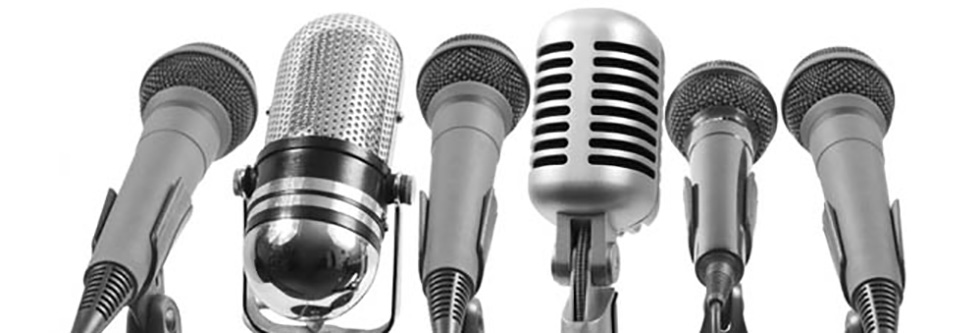One of the most frequently occurring sounds in the English language is the /th/ sound. The /th/ sound occurs in Standard American English, in certain forms of Spanish and in specific Greek dialects, but no other languages use the /th/ sound. Therefore, when most non-native speakers attempt to produce the English /th/, they often substitute a sound that is familiar to them in their native language.
The Voiceless and The Voiced /th/
There are two /th/ sounds – the voiceless /th/ and the voiced /th/. It’s important to understand the difference between the production of the voiceless and the voiced /th/ sound. When you make a /th/ sound, your tongue tip is resting against the lower portion of the back of your upper teeth and the tongue tip protrudes slightly between your teeth. When you produce the voiceless /th/, you are simultaneously blowing out a stream of air but you do not feel a vibration of your vocal cords. Conversely, when you produce the voiced /th/, you do not produce a strong stream of air and you do feel a vibration of your vocal cords. You can feel this vibration by placing your fingertips on the front of your throat. In some cultures, it is embarrassing or rude to protrude your tongue while speaking, but in Standard American English, this is a perfectly acceptable occurrence.
Typical Errors Made By Non-Native Speakers
What are the typical errors that non-native speakers make when producing the /th/ sound? Most non-native speakers will stay within the appropriate sound category so they will substitute the voiceless /t/ or /s/ for the voiceless /th/, and they will substitute the voiced /d/ and/z/ for the voiced /th/. This can lead to the following erors and confusion in articulation:
- Mouse for mouth
- Tree for three
- sink for think
- Bat for bath
- Dare for there
- Ladder for lather
- Bat room for bathroom
TH is The Most Consistent Sound in English
For the most part, /th/ is one of the most consistent sounds in English. When you see a /th/, you pronounce a /th/. However, since English is not a phonetic language, there are exceptions to this rule. So words such as “Thailand”, “Thomas”, and “Thames”, are pronounced by using a /t/ instead of the /th/ in the initial position of these words. Also, there are times when the /th/ is really a cluster of two consonants and is not pronounced as a /th/. This occurs in the following words: lighthouse, anthill, knighthood, and lightheaded.
Work With a Speech Pathologist/Dialect Coach to Improve /th/
Working with a Speech Pathologist/Dialect Coach can help make production of this sound clearer and easier for you. Consistently producing an accurate /th/ sound, particularly in the frequently used words “the, their, them, that, those, these, and this” will make you sound much more articulate and will decrease listener confusion. When I begin working with my clients, we always start by correcting the /th/ as changing this one phoneme, makes a tremendous difference in the way that you sound. Begin your journey to accent reduction and improved speech by producing a reliable and consistent /th/.









Thanks for the great tips for reducing an accent. We have a foreign exchange student living with us, and he wants to improve his English. I’ll have to tell him that working with a speech coach is a good idea.
Thanks for your comments, Ridley. Working with a speech coach can make a big difference. Your ear needs to be trained to hear the difference between the way in which you are speaking and Standard English. Having someone to provide immediate feedback, modeling, and correction can be a really big help.